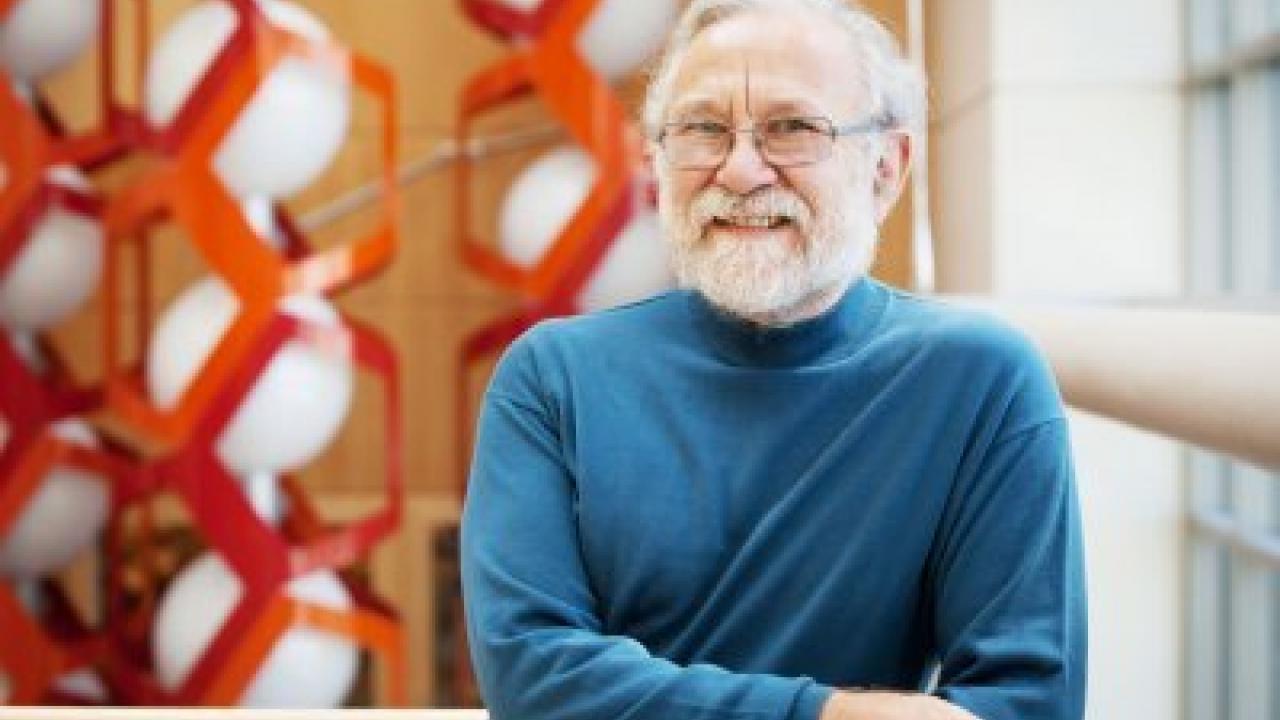
Peter Walter, PhD
Peter Walter, PhD, professor of biochemistry and biophysics at UC San Francisco, has received the 2014 Lasker Basic Medical Research Award.
Popularly known as the “American Nobels,” the Lasker Awards are among the most prestigious honors in science and medicine.
Walter, 59, was honored for his groundbreaking work on a cellular quality-control system known as the unfolded protein response, or UPR. Found in organisms ranging from yeast to humans, the UPR is crucial to life, and disruptions in its workings are believed to play a role in neurodegenerative diseases, cancer, diabetes and other illnesses. Walter, a Howard Hughes Medical Institute investigator since 1997, shares the award with Kazutoshi Mori, PhD, a leading UPR researcher at Kyoto University in Japan.
Walter is the 12th UCSF faculty member to receive either a Basic Medical Research Award or a Clinical Medical Research Award from the Lasker Foundation.
“This is an exciting day for UCSF and for the world of science,” said UCSF Chancellor Sam Hawgood, MBBS. “Peter Walter has received widespread acclaim for his discoveries on how the cell ensures that proteins are properly constructed, especially when the cell’s quality control systems are overwhelmed. We now know that when these basic systems malfunction, serious diseases can result. His work is a perfect example of the importance of basic biomedical research, its impact on health, and its importance for society.”
Proteins, the building blocks of all organisms, are constantly being synthesized inside cells. But when they are first made, proteins are simple, linear chains of amino acids, known as polypeptides. These chains must fold into proper three-dimensional shapes before they can be sent off to do their job.
To undergo folding, many newly synthesized polypeptide chains enter a maze-like structure in the cell called the endoplasmic reticulum (ER), the first station on their journey to the cell surface. The ER serves as a checkpoint: only well-folded proteins are allowed to exit the ER to be shuttled to their destinations. In this way, the cell ascertains that only properly working protein machines arrive at the cell surface, where they help the cell communicate with other cells in the organism.